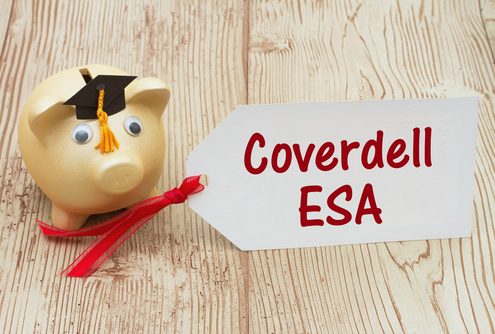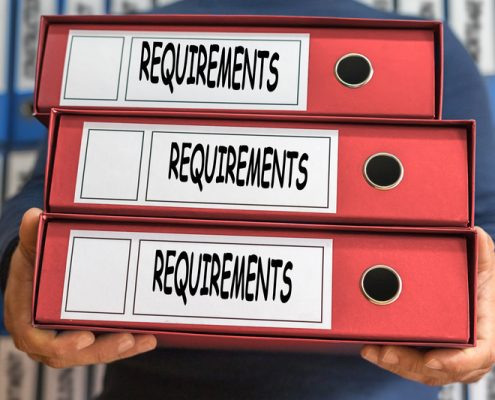
Is it Time for a Self-Directed CESA?
Savings can be one of the most potent indicators of the health…

How Do Self-Directed IRAs Differ from a Self-Directed CESA?
A Self-Directed IRA, once you learn the ins and outs, can be…

Three Key Requirements for a Self-Directed CESA
When you want to put aside money for someone’s education, it…

Know the Limits of Your Self-Directed CESA
If you know the limits of an account, you’ll be far better…

How to Contribute to a Self-Directed CESA Even if You Make Too Much Money
The Coverdell Education Savings Account (CESA) is a powerful…

Coverdells Allow for Self-Directed IRA style Investing for College Savings
These days, lots of people understand that IRAs allow taxpayers…

How Your Self-Directed IRA Could Be Used Toward Student Debt With a Self-Directed CESA IRA
It is as though students and parents need an education on how…

Which is Better: The Self-Directed CESA (Coverdell Education Savings Account)? Or a Section 529 Plan?
College costs continue to soar. According to data from The College…

Priorities: Retirement? Or Education
It’s a heart-wrenching call. Few families are in the fortunate…

Is a Self-directed IRA Safe?
FDIC Insured
All un-invested cash in your self-directed IRA…
